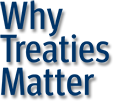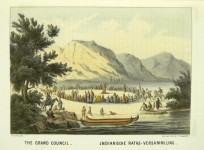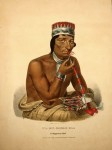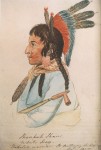- Orientation
- A Deep Connection to Place
- Native Origins of Sovereignty
- Treaty Making in America
- U. S.–American Indian Treaties in Minnesota
- Broken Promises
- Defending Treaty Rights
- Origins of Modern Tribal Government
- Why Treaties Matter Today
- Learn More
- Video Gallery
External Sites
- Relationship
- Treaties
- Educator Guides










